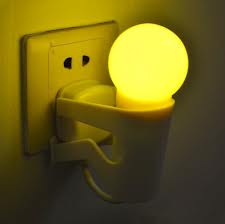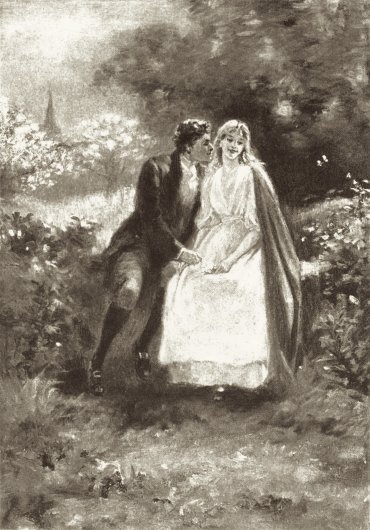 We’ve all heard the criticism: “Your characters are flat” or “One-dimensional” “Make them deeper, more rounded.”
We’ve all heard the criticism: “Your characters are flat” or “One-dimensional” “Make them deeper, more rounded.”
The problem is, most of the time the people offering that vague advice have no concrete suggestions for fixing the problem. Many newer authors often fall into the trap of trying to add quirks or other surface affectations to try to make the characters appear ‘interesting’. Quirks can be cool, but only if they tie into the character’s real psyche. If not, they’re just weird and don’t help.
In my last post, I explored what it means to have deeper, more complex characters by utilizing Larry Brooks’ three dimensions approach to character development. Today I want to explore additional examples from books and television to highlight what we mean when we say a character has ‘depth’ or is ‘complex’.
First, we need to know our characters, know them better than we know just about anyone else in our life. Think about it – most of the people we interact with are enigmas. We know their surface personalities, and we may know a little about their history, but how many people do we know well enough to imagine them in an extremely difficult situation like the ones we’re going to place our protagonists in, and then feel confident we can predict how they’ll react? The number is probably smaller than we usually assume. We can’t have that ambiguity with our main characters. When we place them in extreme situations, we need to know how they’re going to respond.
Many of the ‘flat’ characters we see are ones where they don’t seem to have a history. They step onto the page with no back-story, no childhood, no past mistakes or triumphs to be reminded about. As a result, we only see the surface of a character but get no insights into why or how they reached that stage in life. These are characters with only that first dimension defined. Fine for secondary characters, but not for central characters.
For example, in The Dark Knight, the joker is such a fantastic character not only for how crazy he is on the surface, but also for the hints he gives us of his tortured past. We never actually learn the truth, but just hinting at it is enough to make him far more deeply fascinating and freaky. Who’s ever going to forget the line, “Want to know how I got these scars?”
As a reader, knowing a character’s back-story helps us develop empathy with them. This is the why of a character’s actions that gives them meaning. Without it, we cannot connect with them.
Another fascinating example is the character Cobb, the main protagonist in the movie Inception. On the surface, Cobb is an efficient dream spy, capable of infiltrating the best-kept mental secrets. Then we’re faced with his ex-wife who continually threatens to undermine all his work. That twist becomes infinitely more interesting when we learn she’s actually dead, a projection created by Cobb’s own sub-conscious that refuses to be ruled by him. Throughout the movie, the layers are peeled back as the stakes rise, until we realize this projection is his inner demon, the part of his psyche he has to face. We’re left wondering right up to the end: how did she die? Was he really responsible? Why can’t he let go?
Brilliant use of back-story and inner demons.
Another wonderful example, and an excellent venue for studying complex characters is the tv show Once Upon A Time. Not only is the concept fantastic and the writing brilliant, but the show offers many examples of great character development.
Virtually every character in the show has a complex back-story that interweaves with other characters and generally experiences at least one major flip that catches the audience completely by surprise and challenges expectations. This is especially true for the evil characters (the wicked queen and Rumplestilskin – the dark one). We see them struggling against evil impulses and trying to live the best lives they can. It’s absolutely brilliant because we end up developing empathy with characters we should simply loathe.
There is nothing simple about any of these characters. Their second dimension is fully fleshed out and complex. Even better, in critical moments, we see even some of the evil characters try to break out of the mold they’ve placed themselves in, and we root for them. At other times, we see the heroes struggle with powerful temptations to do terrible things, usually with plenty of justification. These are the deep moments when characters’ true selves are revealed, the third dimension moments of truth, and it’s wonderful to see a character we think is evil show us a hint of good, even if they back-slide later. I’ve learned a great deal from this show, and hope to apply it to some of my own writing and character development.
Of course, most of us won’t get to use our back-story as heavily as Once Upon A Time. They set up the show format around this complex back-story, and the very structure of the show allows them to maximize the power of it. Still, the point is valid – it’s absolutely vital for the writer to know what happened in their characters’ lives before page 1, and find ways to share that information with their readers.
Another fun example is Shrek. The funny, irreverent ogre who refuses to live within the narrow boundaries expected of him. As he explains to his companion, donkey, he has layers, like an onion. All good characters should have those same layers.
Of course, once we’ve created our onion characters, we then face the daunting challenge of when and how to weave that back-story into the narrative without falling into that dreaded ‘info-dump’. It’s hard to not share the cool stuff we know about characters, but that information is best served in small portions, sprinkled throughout the story. It’s the seasoning that separates the simple stories from the great. But like any seasoning, apply too much, and you wreck the effect.
What other characters stand out as exceptional examples to you? Why do you find them so powerful?



